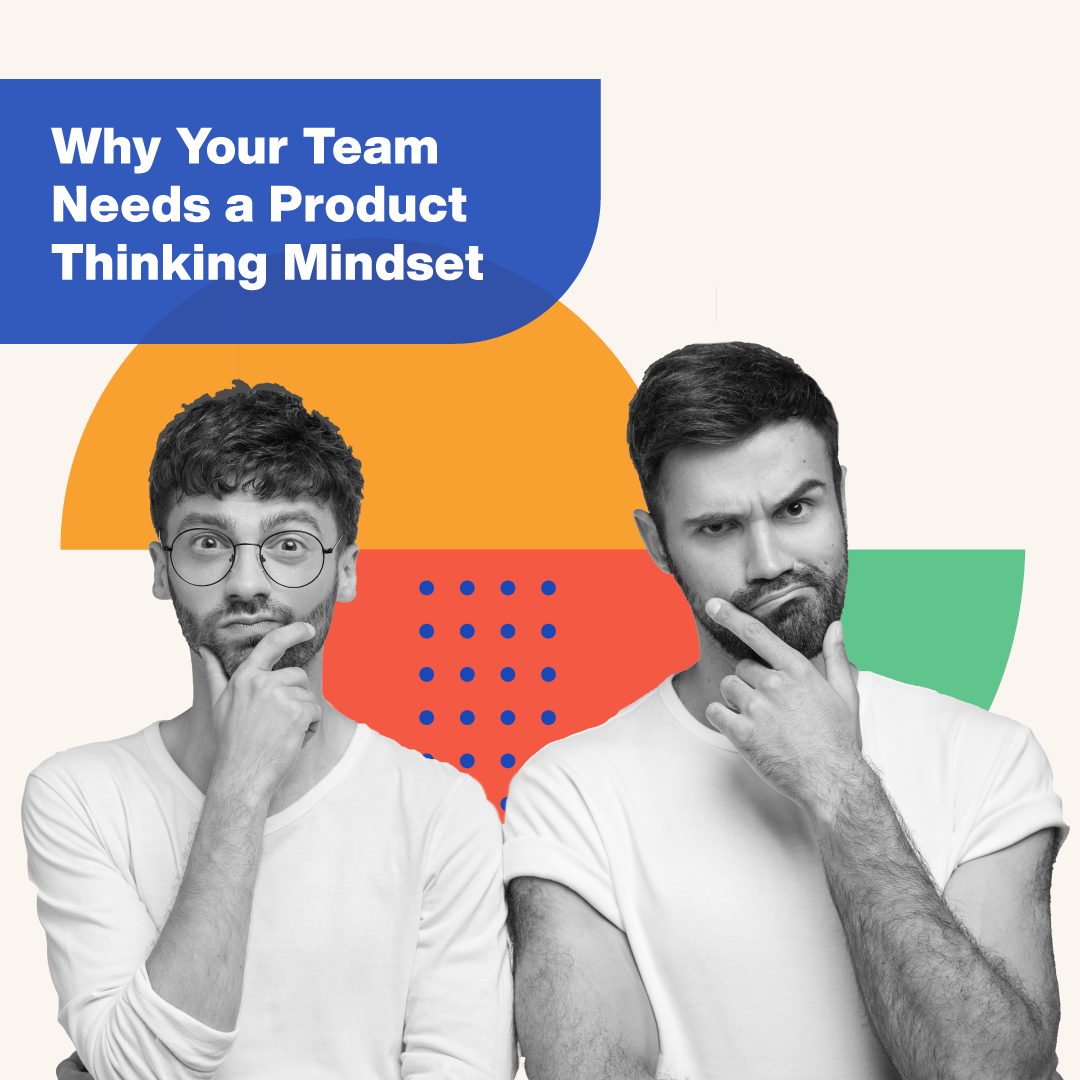Creating a route to additional skills and career advancement inside your organisation may increase employee engagement and retention. Upskilling may result in considerable cost savings for a corporation because the cost of replacing a staff who departs an organisation is roughly 1/3 of their yearly compensation.
“There is evidence of a growing performance gap between companies with digitally enabled, agile business models and those with traditional, legacy business models.”
MIT
If you thought keeping your company afloat during 2020 and 2021 was your biggest business headache, don’t sit down yet. 2022 is about your talent strategy: do you have one, and does it include upskilling your current workforce?
The problem most businesses are facing right now isn’t simply the “mass resignation.” Instead, it’s the mass skills gaps, underpinned by the absence of a comprehensive talent strategy that delivers on business goals. This article will cover what a talent strategy is and how to design one that strengthens your existing workforce. We also share some of the steps leaders can take to equip their employees with skills critical to business resilience.
Sought After Skills For The New World of Work
“In a more normal labour market, you would typically look for someone who has done this job before. Today…it’s ever more likely you will hire someone who has some of the experience you need but is more likely to be hired based on skill, not experience. So this means you’re hiring for culture, intelligence, ambition, and potential.”
Josh Bersin, 2021
The types of skills needed in the new economy have changed. Historically ‘highly skilled’ implied someone who had the education and intellect to do ‘thinking’ type jobs. It now means someone who has the right mix of skills that the digital economy values.
Upskilling could propel the transition to an economy where human labour is not replaced but complemented by new technology. Which essentially means less mundane work for humans. Interestingly, the number of jobs that require creativity, innovation, and empathy will rise, according to the WEF Future of Work report.
The Institute for Corporate Productivity’s (i4cp) talent mobility study of 650 global companies found that prioritizing talent mobility directly correlates to market performance. LinkedIn data has shown that employees stay 41% longer at companies with a lot of internal hiring versus those that don’t. Reskilling also helps organisations hold on to institutional knowledge that takes time to build with new hires.
So, what stops companies from investing in upskilling? The issues that keep businesses from investing in reskilling and upskilling programs broadly include: identifying relevant skills gaps, finding the time for employee training, and budgeting enough money for learning and development programs.
With the right plan in place, a company of any size can make reskilling and upskilling opportunities possible.
Seven Steps to Building Your Employee Upskilling Strategy
1. Map the skills you have against the skills your business needs in the next 3-5 years
Skill data is a tool for creating targeted initiatives and personalized learning plans to develop the talent you need in your workforce. Assessing your skills gap is the essential factor in determining the success of a growth strategy.
Whatever your business strategy is, you will need a set of skills and talents in your company to deliver on it successfully. By mapping what you have against what you need, the big picture can inform the road to get there. Your HR and L&D teams can then easily see which skills within a category people have — and where people need to upskill.
The process to get this is sometimes called ‘skills mapping‘ and is much more efficient than drawing up competency data which is often out of date by the time it’s ready. Measuring progress against skills development is much more straightforward than measuring competencies against courses completed or learning data. You can track an upskilling development journey within your departments, and learning then becomes a supported activity within this, rather than an ad hoc initiative
2. Create engaging, agile learning pathways for your workforce
“Only 40% of companies say that their learning strategy is aligned with business goals. For 60%, then, learning has no explicit connection to the company’s strategic objectives.”
MIT
Make sure your L&D plans are transparent and widely shared across your business. Ask people to give input and feedback. And above all, share your company’s future vision in an inspiring way to show employees there is a rationale for change and development requirements. According to one McKinsey survey, when leaders ensure that frontline staff members feel a sense of ownership, the results show a 70% success rate for transformations.
These results make sense. People are far more likely to get enthusiastic and back your vision if they feel their opinions matter and their career development stands to benefit. Finally, don’t forget to share your L&D success metrics – nothing works better as a motivator for disengaged staff to see others jumping on a learning bandwagon and excelling.
3. Create attractive, intelligent training courses
In other words, don’t roll out boring, asynchronous videos to your company that they will switch off on day one. To make training effective, you have to make it engaging. It also has to appeal to the specific diversities within your workforce.
Offer classes and workshops that use a blended learning approach. For example, introduce “flipped classrooms,” which allow people to play a more active role in applying their skills and teaching others. Use podcasts, gamification techniques, immersive skill-building, and quizzes.
The goal of any talent development is two-fold: retaining a loyal, motivated workforce and setting your employees up to rapidly apply their new skills. The outcome? Adaptability, resilience, and proactive problem solvers in your teams.
4. Assess your HR, talent recruitment and L&D processes
There is usually much overlap between the goals of HR, recruitment, and L&D teams. Unfortunately, these departments don’t have shared objectives aligned with top-level business goals in many companies. The most crucial step is to bring these teams into executive conversations and make sure KPIs for training deliver outcomes to support the business vision. Consider merging departments in this area and reduce unnecessary in-house time on admin that can be outsourced.
Importantly, centralize the information that your cross-functional teams need. Working from one, not multiple systems, makes teams more efficient and accelerates results. It also reduces planning time and cuts down meetings.
Collaborate with online education platforms to offer your employees virtual learning opportunities. It’s relatively easy to create your organisational training programmes by outsourcing delivery to 2-3 agile, relevant learning partners. This reduces the burden on internal teams and makes a jigsaw of different people and training methodologies that offer fresh thinking to diverse groups.
5. Invest in hard and soft skills
For these to work successfully in the ‘new world,’ soft skills are now recognized as an integral factor. These skills show up in teams able to emphasize, collaborate, communicate clearly and think creatively when faced with problems. Interestingly, collaboration is now one of the most in-demand soft skills.
One perfect example of training to promote collaboration in teaching teams is to listen actively. Teach people to listen to understand, not respond and allow others the opportunity to be heard without interrupting or giving feedback. Listening training is readily available and has a considerable ROI versus cost and effort.
The top 10 hard skills outlined by the World Economic Forum are:
- Blockchain
- Cloud computing
- Analytical reasoning (able to understand data and generate conclusions based on analysis)
- Artificial intelligence
- UX design
- Business analysis (able to work with data for analysis and problem-solving)
- Affiliate marketing (marketing through others’ brand-trusted channels)
- Sales (persuasion with a specific commercial end in mind)
- Scientific computing (using programs like Python)
- Video production (focusing on mobile)
6. Make learning the ‘new normal’
A key hallmark of a learning organisation is leaders who encourage experimentation throughout the company and reward individual input. If your organisation isn’t a learning one, your workforce will repeat old practices. In a learning organisation, information is shared and accessible to everyone. People are expected to learn constantly, and learning is a continuous process. Learning organisations emphasize the value of learning and motivate people to do so.
Are workforce skill gaps getting in the way of your company’s success? It’s the million-dollar question every business leadership team is working on. If you think about developing talent with a future growth mindset, you’ll have a larger talent pool rather than recruiting workers with fixed skills. Now is the time to double down on learning budgets and commit to reskilling.







